Description
Petunia Hybrid Double Mixed
Petunia Hybrid Double Mixed. A popular California hybrid mix delivering stunning displays of large delicate double 4 inch blooms in many individual shades from white, pink, red, orange through to Lilac on medium sized vigorous plants. Perfect for baskets, pots, tubs, beds and borders. Prefers sun, some shelter from winds and well drained soil. Half hardy annual, growing to a maximum height of 15in. Easy to grow. Up to 10% of plants from this hybrid may not be full double flowers.
Cultivation Advice
- Plant after the last frost in a location with full sunlight (at least 6 hours a day). Ensure well-draining soil or opt for containers with proper drainage holes.
- Prepare the soil by incorporating organic matter like compost to enhance soil fertility and drainage.
- Plant seedlings or seeds at a depth of about 1/4 inch (6 mm) and space them approximately 8-12 inches (20-30 cm) apart to allow for proper growth.
- Maintain consistent soil moisture. Water deeply but infrequently to encourage root development, avoiding waterlogged conditions.
- Apply a balanced liquid fertilizer every two to three weeks or use slow-release granular fertilizer according to package instructions.
- Regularly remove faded flowers to stimulate continuous blooming and prevent seed production, encouraging more prolific flowering.
- Apply a layer of mulch to retain soil moisture and suppress weed growth. Ensure the mulch does not directly touch the plant stems.
- Monitor for pests like aphids or diseases like botrytis. Treat promptly with appropriate organic methods if detected.
- Provide support, such as trellises or stakes, for trailing or cascading varieties to encourage upward growth and prevent sprawling.
- Petunia Hybrid Double Mixed thrives in containers. Use high-quality potting mix and ensure containers have adequate drainage.
- In colder climates, protect the plants from frost. Prune back leggy growth in late summer to encourage bushier growth
- Routinely inspect plants for signs of stress, pests, or diseases. Early detection allows for prompt treatment and better plant health management.
- Consider pinching back the tips of young plants to encourage branching and create a fuller, bushier habit.
- Ensure adequate spacing between plants to promote good air circulation, reducing the risk of fungal diseases and fostering healthier growth.
- Focus on removing spent flowers regularly to encourage continuous flowering without disturbing developing buds or healthy foliage.
- Monitor mulch depth and spread to maintain its effectiveness in moisture retention and weed suppression throughout the growing season.
- Regularly check soil moisture levels, especially during warmer periods, to ensure consistent moisture without waterlogging.
- As the blooming season winds down, consider leaving some spent flowers to mature and collect seeds for future planting or sharing.
- Adjust fertilization based on plant growth. If the foliage becomes overly lush but blooming decreases, reduce the frequency of fertilizing.
- During prolonged heatwaves, provide temporary shade or reduce direct sun exposure to prevent stress on the plants.
- Check and adjust any plant supports or stakes to ensure they adequately support the growing stems without causing damage.
- Trim away any damaged or dead foliage throughout the growing season to maintain the plant’s overall health and appearance.
- During hot and dry periods, increase watering frequency to prevent stress. However, avoid excessive water accumulation that can lead to root rot.
- Consider pinching back stems early in the growing season to encourage branching and promote a bushier growth habit.
- Utilize organic materials like shredded leaves or compost as mulch. They decompose over time, enriching the soil with nutrients.
- Pair Petunia Hybrid Double Mixed with companion plants that share similar soil and light requirements, fostering a harmonious garden environment.
- Watch for signs of overcrowding or competition for resources among neighboring plants. Adjust spacing if needed for optimal growth.
- Every few years, consider dividing mature clumps to rejuvenate the plants and maintain vigorous growth.
- Provide additional support, if necessary, as the plant begins flowering to prevent stems from bending or breaking under the weight of blooms.
- Allow some spent flowers to mature and collect seeds for future plantings or to share with fellow gardening enthusiasts.
- Be mindful of microclimates in your garden, adjusting care based on variations in sunlight, moisture, or wind exposure.

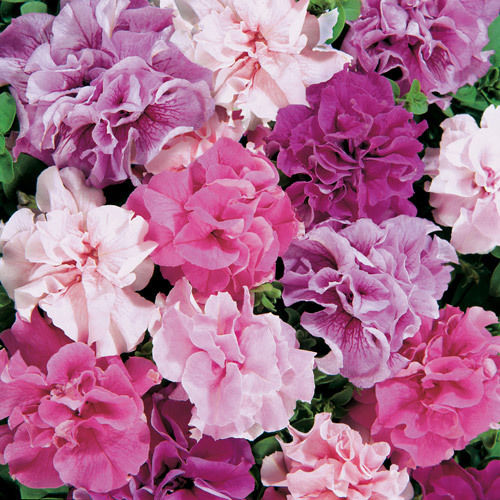
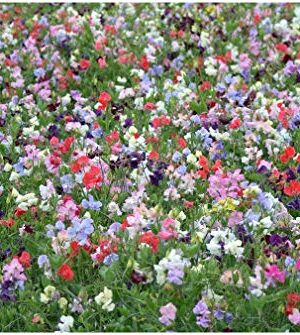
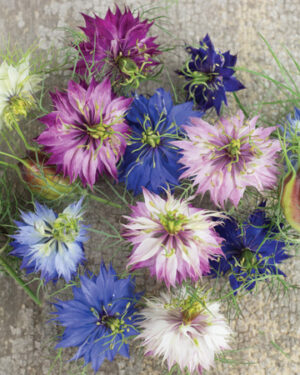
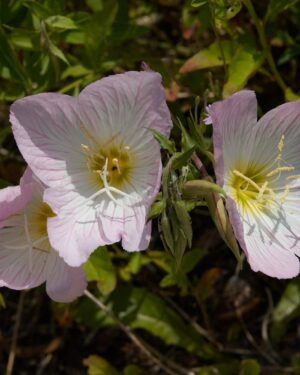
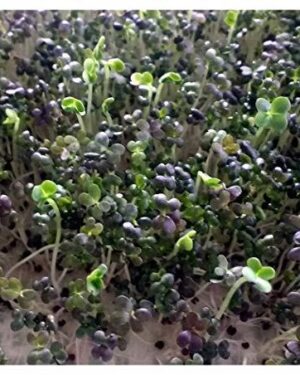
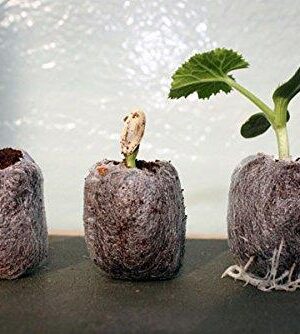
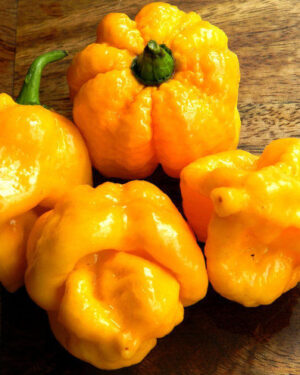
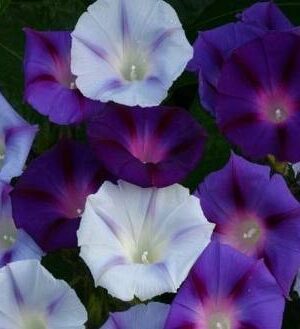
Reviews
There are no reviews yet.